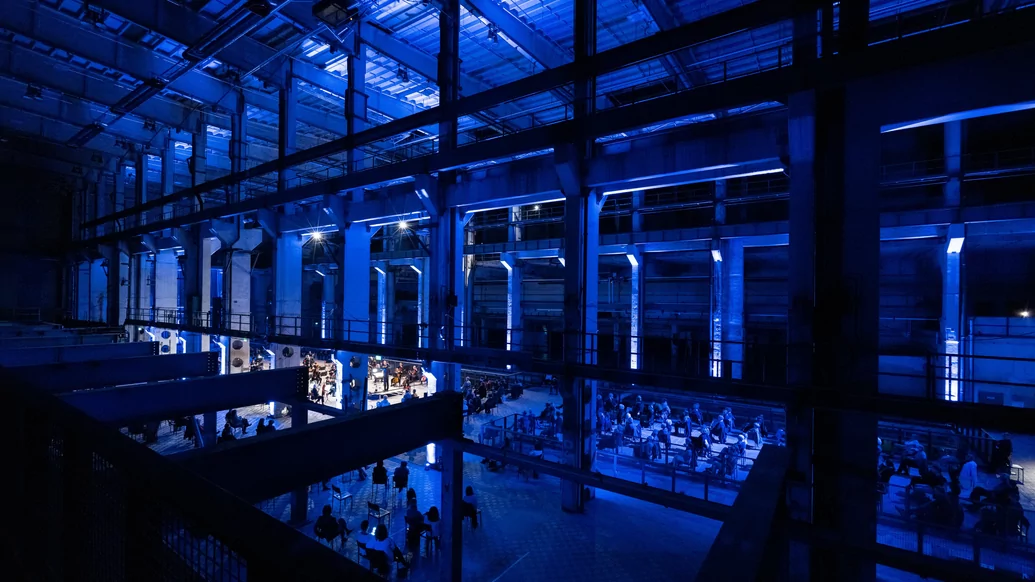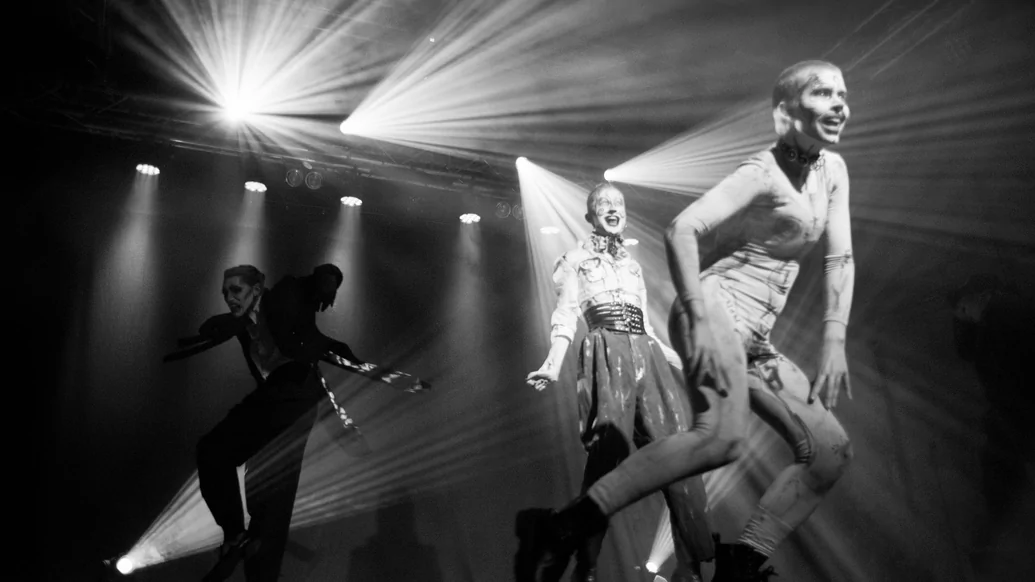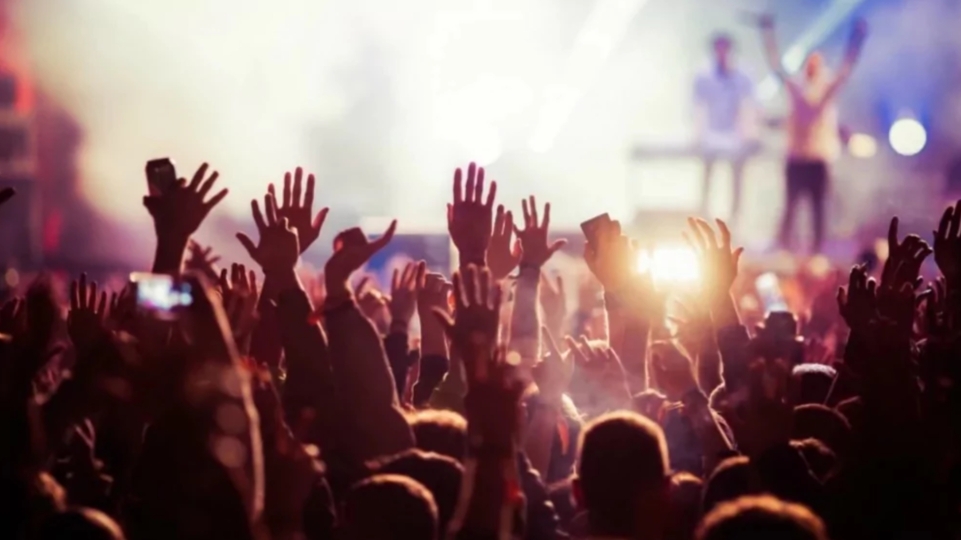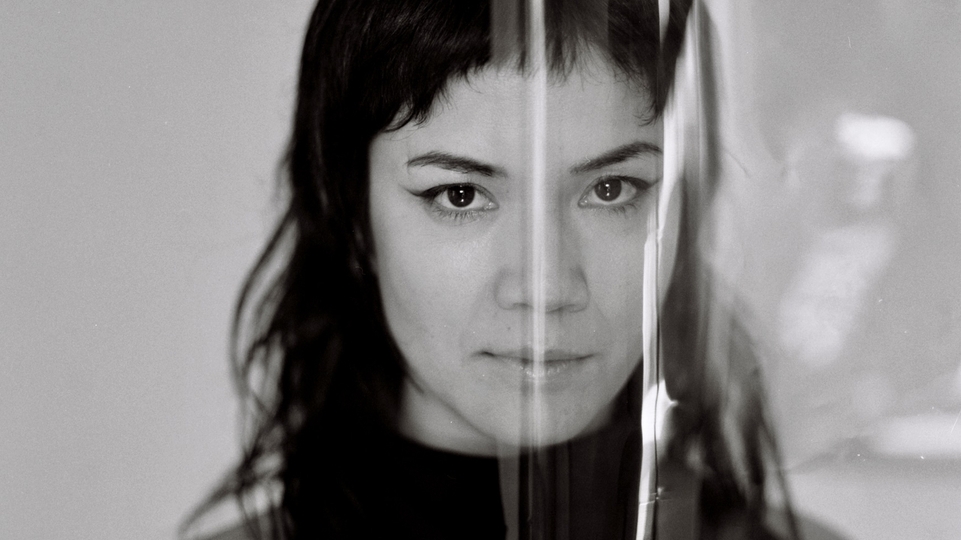
Berlin clubbing and COVID-19: how Europe's party capital is changing
One of the world’s great party cities, Berlin is facing up to the COVID-19 pandemic in its own unique way. How are the clubs getting on, are there illegal parties happening, and what is the route back to some semblance of normality? DJ Mag takes a stroll through the heart of the German clubbing capital
It’s a Sunday afternoon in early October, and the trees in Berlin are clinging onto their leaves. Soon, they’ll fall away, revealing the graffiti-strewn yellows of tenement buildings that Berlin’s weather spends half the year hiding. A queue of people are forming in front of Berghain and we feel a moment of unexpected normality: for a few seconds, it could be any Sunday.
Yet this is 2020 and the giant banner that drapes across the top of Berghain reads “Morgen Ist Die Frage” — “Tomorrow is the question”. Half the people are here to dance, with masks on in the garden area, and half are here to see a socially distanced art exhibition. Despite rapidly escalating infection rates and a senate-introduced counter-measure of an 11pm city-wide curfew, Berlin is still a city where you can dance during the pandemic — but not every clubber is impressed.
“The sweaty Panorama Bar nights we love, they’re just not happening,” For someone who wishes to be known only as N, the legal form of socially distanced clubbing is’t appealing. “That’s why you go to places like Berghain, to not care. Now someone goes ‘wait, just one person by the bar’ and you’re like, ‘that’s not why I’m here...’”
We decide to leave the queue and go for a stroll. N is an artist and promoter for a private space on the outskirts of the city. Yesterday, his outdoor bar was hired for a 500-person rave. This is all illegal, but for DJs, venue owners and anyone else in nightlife, the mood is getting heavy. Despite an estimated 60 legal events having taken place across the city this past weekend, concerns amongst artists and workers for their livelihoods are intensifying. It's a situation that had led to many being criticised for playing what have become known on social media as plague raves.
“At this point, it’s rave to survive,” says N, as he shows us video footage of the previous night. Despite the understandable demonisation of secret parties in the press, the clusters of people dancing in the fresh air looks more socially distanced than the bustling, perfectly legal street market we’re currently walking around, in Boxhagener Platz.
“The organisers were a bar in Neukölln,” N says of the rave. “I think they did it because they’re struggling [financially] so much that it’s like, ‘I don’t care if I get fined because I can’t pay my rent next month anyway. If I don’t do this, I can’t pay my people, I can’t pay my bills, I’m not sure if I can even buy food.’ It’s that serious.”


Berlin’s club culture generates an estimated €1.5 billion a year from party tourism, and holds a unique cultural weight in Europe. After the fall of the Berlin Wall in ’89, dancefloors, often in hastily abandoned buildings, acted as a ground zero; where people could slowly begin to put aside generations-long social and economic differences.
Heiko Hoffmann has played an active role in the club scene since then. Just before COVID-19, he curated No Photos On The Dancefloor, at the C/O Berlin, an exhibition celebrating 30 years of Berlin club culture.
“There have been so many changes over the years,” Hoffmann tells us, “but I was always very positive about a certain spirit in Berlin that you could follow through; that there’s more continuity in Berlin than in a city like New York, which peaked in the late ’70s and then definitely dropped [culturally].” Heiko, like others we spoke with, feels a concern that COVID-19 could, in some ways, put an end to an era. He tells us: “After COVID-19 is over, maybe it will mark a time.”
Alternatives to keep the beat alive were immediate. United We Stream launched on March 13th, the first day of lockdown, raising funds for clubs and artists. But the surreal novelty of having mega subterranean Berlin clubs popping up en masse on laptop screens began to fade. “At the beginning it was a nice thing,” says Annie O, a resident DJ at Kit Kat Club. “I did a few KitKat streams. But after a while everyone was doing it, and especially when the weather got really hot, it was a bit like, ‘Okay, that’s done, who’s inside sitting watching streams now?’”
However, tucked away along a sleepy patch of Kreuzberg, one initiative has sidestepped post-lockdown streaming-fatigue through its recognisable black and white walls, fish-eyed screen and fresh line-ups. In just over a year, HÖR Radio has amassed 130,000 YouTube subscribers and promotes rising local talent, as well as booking heavyweights like Roman Flügel and Jennifer Cardini.
“It was really wicked because it was my birthday,” says rising selector DJ Fuckoff, about her first HÖR stream. Her footwork- and juke-inspired set characterises a more contemporary and inclusive direction for Berlin, alongside collectives like No Shade, DJs like Ace Of Diamonds and hyper-kinetic DJ-and-producers like Ziúr. Dancing in a streaming booth is one thing. We want to know how she feels about raving in close proximity to others right now.
“I’ve been to OXI garten, which is popping off at the moment: I saw DJ Stingray there and that was actually a bit too hectic, they really pushed the capacity,” she admits. “But we’re having to learn to adapt, and people are trying to figure out ways to keep the culture alive in the safest way possible. It’s really hard morally: of course you want to be safe, and we want the pandemic to be over. But how do the clubs stay alive? How do artists keep going?”

“Queer people don’t feel appreciated all the time in the mainstream community because they get discriminated against — they are missing their venues, and the freedom that comes with them. I’m afraid that, with things shut, people will go to private parties where there’s no [health] regulations and get COVID-19.” - LCavaliero Mann, Artistic Director at SchwuZ
Lutz Leichsenring is committed to this question. The 41-year-old entrepreneur campaigns on behalf for Berlin’s Club Commission. When it started 20 years ago, the Commission was the first of its kind in the world. Now, it leads the way in developing Berlin’s club culture by lobbying the different branches of Berlin’s federal system of government, and advising cities across the world on the struggles that come with legitimising night time economies.
“There were five different programs of funding for club life during COVID-19: some federal, some state,” Lutz says. One of them, Starhilfe Kultur, released €80 million from the federal government to clubs. “This is very interesting for us because clubs are considered cultural producers.” Considering UK Chancellor Rishi Sunak’s recent suggestion that artists retrain due to the pandemic shutdown of the arts, the contrast between the German and British governments’ responses feel starker than ever.
How do these funding programs work in practise? A program from the German royalty collection society, GEMA, is designed to help make physical adjustments to venues. Lutz explains: “If you want to do some construction work in your club to make it COVID-19 adaptive — like if you want to build a roof outside to make it rain-safe, or make your bar a bit wider so that people are not standing too close to each other — this program could help.”
This all might sound like a dream in comparison to the UK, but as N points out, these funding programs are only available to venues operating legal, COVID-compliant parties in the eyes of the state — they don’t cater to events that offer the direct contact that defines many Berlin parties, such as those in the kink scene. Regularly booked at sex-themed parties, Annie O has found that things have gone even more underground.
“I know a lot of Kit Kat regulars have found other ways, they do lots of private parties,” she says. That these secret parties are being organised through WhatsApp and private Facebook groups gives her a sense of nostalgia.
“It feels how I imagine the ’90s to have been, with SMS codes of where the parties are. It’s brought a new sense of intimacy and exclusivity.” She has noticed that some parties are taking COVID-specific precautions — “One party I DJ-ed at had a temperature measurement above the door, and another party were actually testing every single guest” — but it’s arguably still an incredibly risky undertaking in the context of the pandemic.
“It has to be exclusive,” N says. “It has to be speakeasy style because, if it’s not, the cops show up and fine you €10,000. No clubs can risk this, which is why they have beer gardens now and they’re not [strictly operating as] clubs anymore. All the secret parties are further away from the city — in the countryside in Brandenburg or Kopenik, somewhere where the neighbours won’t complain and the police won’t hear of it.”


N and DJ Mag are nearing Kreuzberg when we bump into a friend of N’s, who we’ll call H. She tells us about the day the S-Bahn ring train led her to a disused factory near a lake, where she joined around 300 people for a rave. “It was kind of trespassing,” she admits. “It was amazing: the whole idea that you were doing something illegal, and the ecstasy of gathering with people; hearing music out loud and seeing the incredible effort that goes into organising something like it.”
Did H feel worried about her health? “It’s definitely something that weighed on me, how much we can enjoy [partying] in the current climate,” she says. “The party was in an abandoned building that doesn’t have any water supply, so hygiene? Scratch that. Also, masks were not really a thing. That’s something that I battled with afterwards, and made me reconsider [going to] other raves that came up later. I wouldn’t go to another one now.”
The mood in the city is mixed. October 3rd marked the city-wide Day of Club Culture, Launched by Berlin’s Senator for Culture, Klaus Lederer, the Day saw almost 40 clubs and event collectives awarded €10,000 each for their commitment to hosting legal parties. Yet as the temperature drops, escalating infection rates across the city have ushered in an 11pm curfew.
As a solution, The Club Commission is openly lobbying the government to implement rapid testing, which is already being explored in cities like Hamburg and Madrid. “It’s a maximum of one hour and you go to a certain certified place, which can be a pop-up,” Lutz says. “And this test should cost less than 10 euros, so it can be included in the cost of your ticket. And then you can go into any club.”
The biggest opposition here, Lutz says, is coming from the Health Senate: “Because they see night time as a threat, they were also pushing for the curfew. We feel rapid testing would be a much more helpful way of dealing with this problem than just shutting everything down, and thinking that people are going to stay at home. That’s not going to happen. Young people, especially in cities, depend on their friends as much as their families — and in the club scene, especially in the LGBTQ+ communities, friends and clubs can even replace family structures.”
LCavaliero Mann is the Artistic Director at SchwuZ. The venue, founded in 1977, is Berlin’s oldest queer club. It’s been closed since March. “The psychological effects are really bad for the queer community,” Mann says. “Queer people don’t feel appreciated all the time in the mainstream community because they get discriminated against — they are missing their venues, and the freedom that comes with them. I’m afraid that, with things shut, people will go to private parties where there’s no [health] regulations and get COVID-19.”
Despite making it very clear that he wouldn’t attend a private party, LCavaliero empathises with young people’s choices. “I know that if I was 18- or 20-years-old, out of school and wanting to party, and everyone was telling me not to — well, it’s super hard. The queer club community is so important for these young people because they may not have another community in their lives.”
As winter approaches, Berlin’s most beloved cultural asset is reaching its most vulnerable moment. If clubbing can find a legitimate, safe way through the pandemic anywhere, it’s going to be here. Yet to do this — to save communities, careers, businesses, mental health and a clubbing heritage — the federal government and the club scene need to work together better. As Lutz puts it, “you can only succeed in this crisis if the whole society collaborates.”






